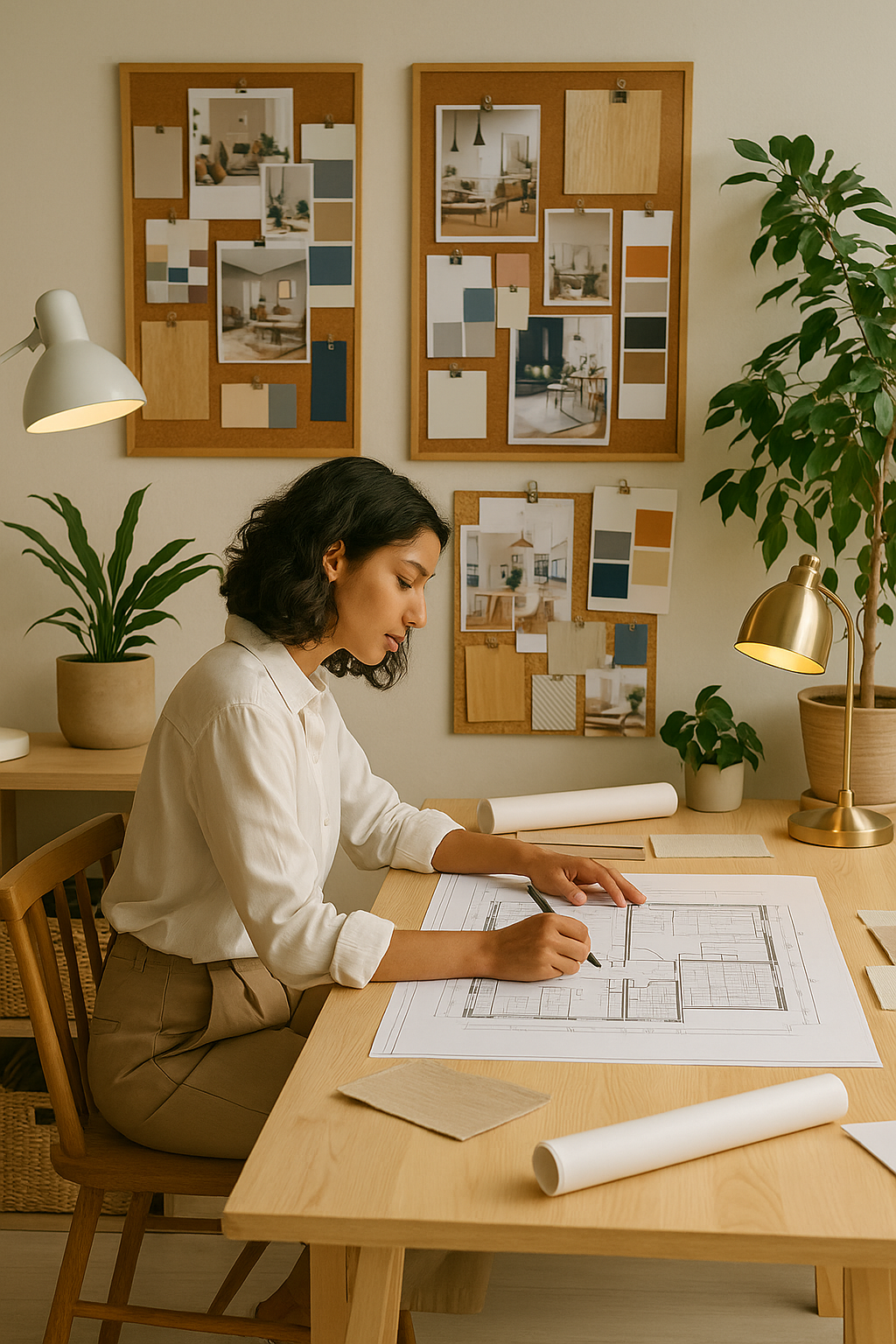While linoleum floors and marigold walls may be the stuff of nightmare for many interior designers, the true horror lies in the dark beauty of historical interior design schemes.
Gothic styles have been a mainstay of countless horror stories, none so famous as Bran castle, Transylvania. It was the looming towers and shadowy halls that first inspired Bram Stoker to create Dracula (1897). Another infamous story inspired by a Gothic structure is Victor Hugo’s Quasimodo (1831). A tragic yet terrifying story of a hunchback who roamed the halls and bells of Notre-Dame, Paris.
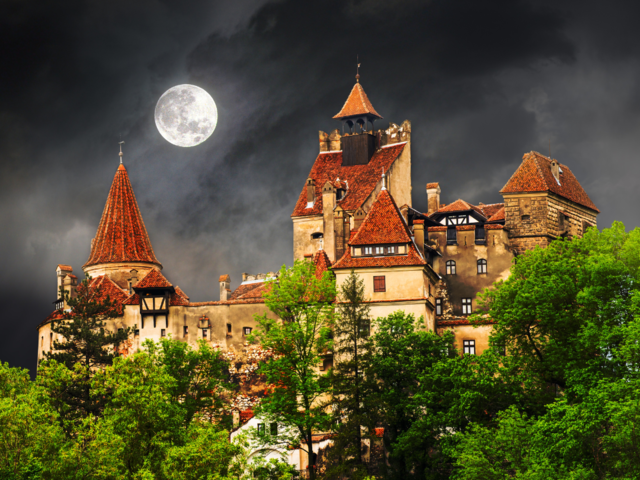
Image: Bran Castle, Transylvania. Shutterstock.
But what is it about Gothic and Georgian styles that gives us chills? Is it the high arches that form a line of spears, piercing the dark? Is it the velvet curtains and brocade walls that thieves a room of its light? Perhaps it’s the gargoyles that gurgle and growl as the rain tumbles from their gaping mouths? The works of Bram Stoker and Victor Hugo survive the test of time because, just like the spaces that inspired them, they have tapped into something primal. Our fear of the dark, our fear of the unknown. Our greatest fears lie in the deep dark chambers of the mind.
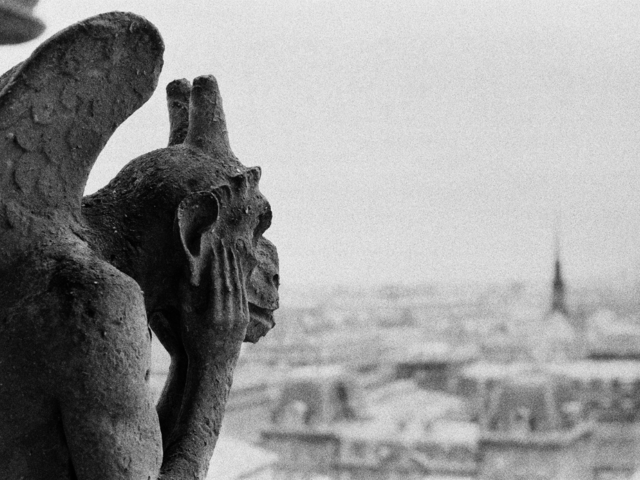
Image: Pexels.
Haunted houses are typically Gothic or Medieval styles because they work so well. Beneath the ribbed vaults and shadowy corners are spiders watching from high in the arches. The rooms are vast dark spaces full of mystery and secrets. Many ancient castles are fitted with secret passageways and dungeons where imagination can run wild with stories of unspeakable things. Creaking floorboards and colossal squealing doors make the hair stand on end. These are all the reserve of the Gothic, Victorian and Medieval styles that are the perfect backdrop for an evil presence. It is no accident that horror writers have chosen these locations to set their scene.
They are a terrifying beauty.
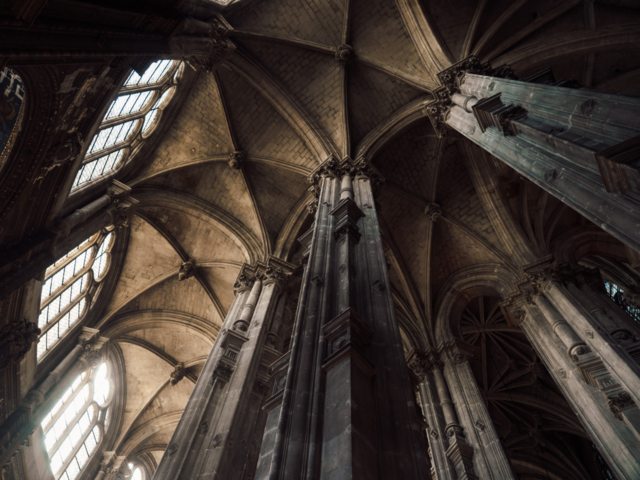
Image: Pexels.
Architecture has inspired horror since long before Bram Stoker, however. The first recorded architect in history was Imhotep who designed the pyramid of Djoser (the step pyramid) in Egypt between 2630 and 2611 BC. While a global respect for the sheer engineering prowess is indisputable, it is the contents of the tombs that have aroused a cadaverous fascination. The 1932 pre-code horror film The Mummy names the title character after the architect and numerous Mummy horror comics, films and books have followed. We dread the claustrophobia and panic of the stone depths and winding tunnels that lead to chambers where the dead have been preserved for thousands of years. All of this is perfect fodder for a Halloween tale to curl your toes!
Many horror settings, however, are influenced by the passing of time. What was once loved is now feared and as beautiful Victorian homes begin to decay, they appear morbid and sinister. It is as though the walls have absorbed centuries of nefarious deeds. Victorian homes such as Norman Bates house in Hitchcock’s Psycho, not only has a lofty, intimidating presence, but the interior fittings are typical Gothic Revival with the ornate mahogany staircase and towering ceilings.
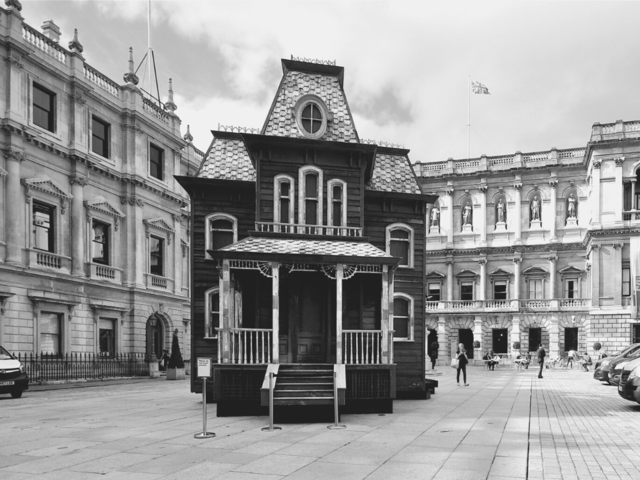
Image: Shutterstock.
While Gothic, Gothic Revival and Medieval interiors and architecture are undeniably beautiful and masterfully crafted, they are forever associated with dark secrets and creatures of the night.
Our surroundings will always influence how we feel whether we are consciously attuned to them or not. The emotional and psychological impact a space can have on a person is undeniable. People often believe that interior design is the reserve of the creative, but interiors have been long since recognised for their powerful psychological effect both academically and historically. Carl Jung pioneered the use of colour and art as a potential tool of psychotherapy stating, “colours are the mother tongue of the subconscious”. In fact, the power and influence of our surroundings has been recognised since the dawn of civilisation. As far back as ancient Egypt there was such power attached to colour that they strictly regulated and controlled the palette available to artists.
Horror has borrowed old dark, opulent, shadowy, foreboding towers and it is no accident.
It can be argued that the fear of these places exists only in the mind, but the question remains, why did these authors and filmmakers choose such settings? What drew them to the style in the first place?
While the passage of time clearly has an influence on how we feel about old, abandoned houses, how many haunted houses do we encounter that are modern and brightly lit?
Perhaps a century from now, a semi-detached suburban house with magnolia walls and linoleum floors will be truly terrifying.
Read more about interior design.
Whether you are looking to learn the fundamentals, change career or start your own interior design business, we have the right course for you.

